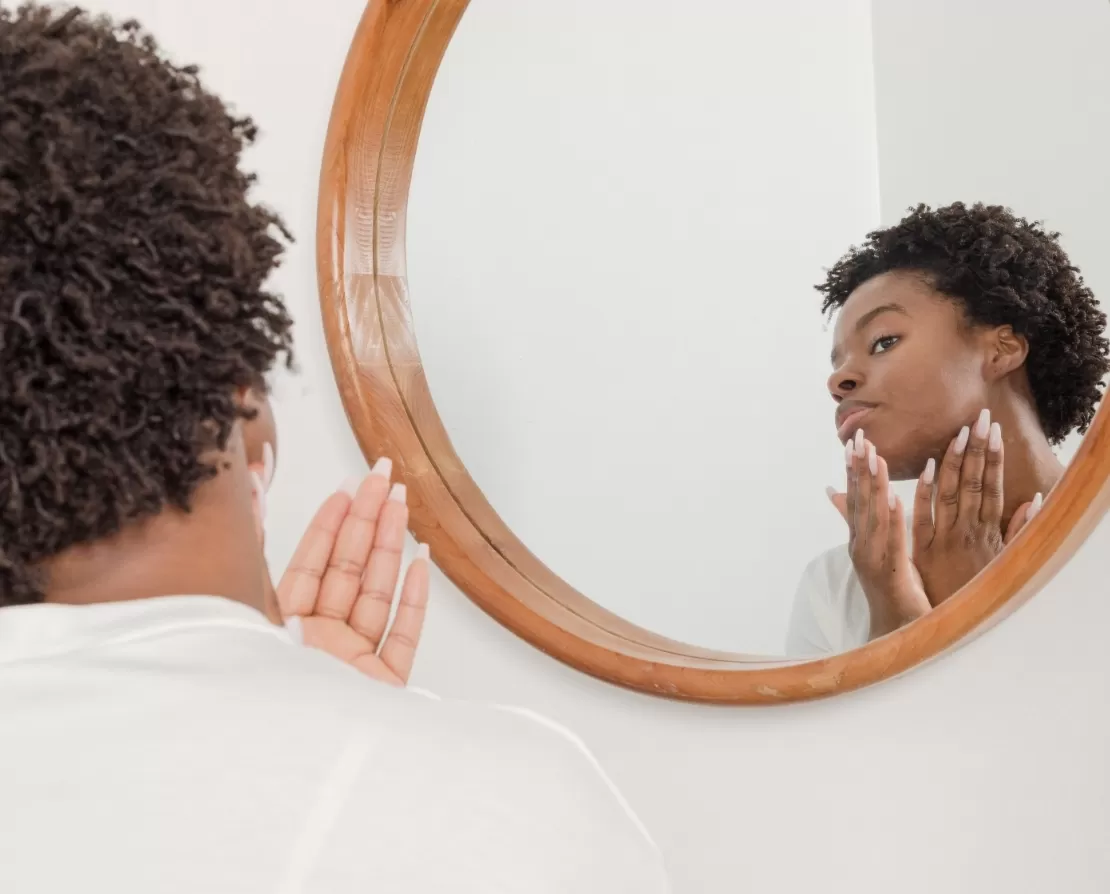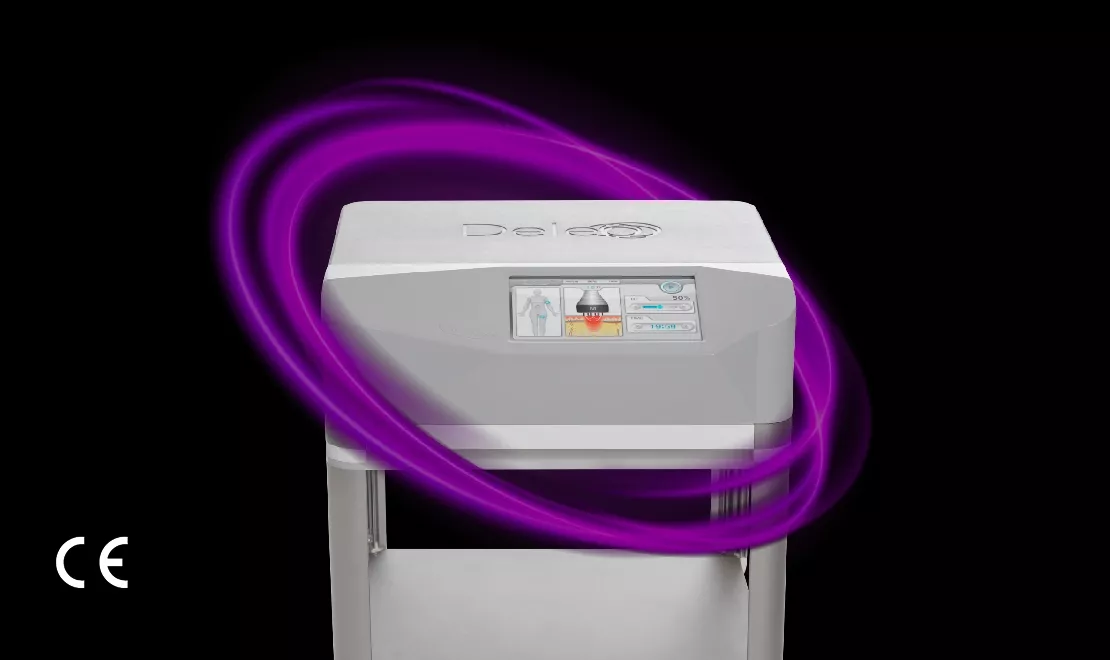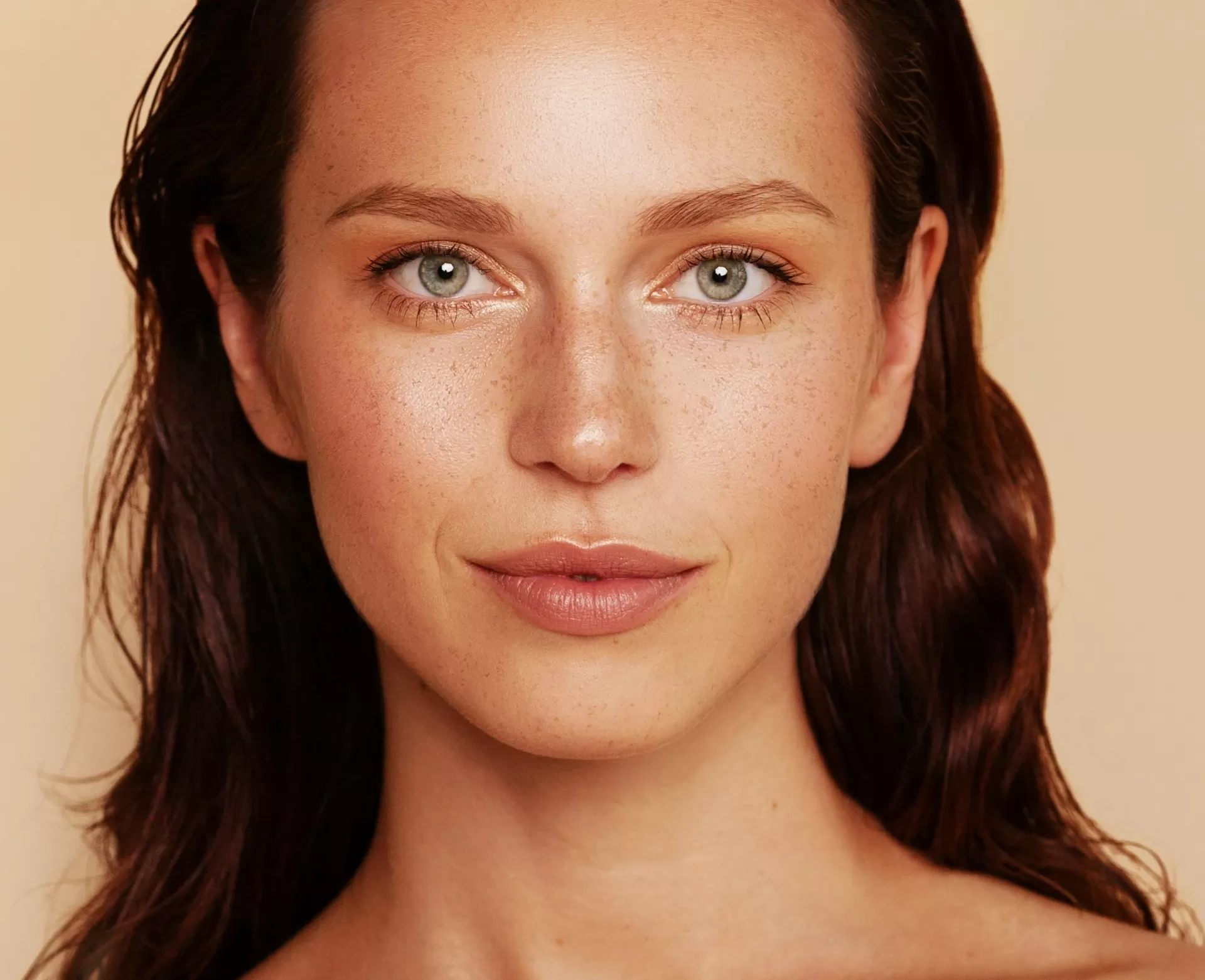
Skin resurfacing consists of a superficial abrasion of the epidermis. This aggression of the skin will provoke a natural healing phenomenon by stimulating neocollagenesis in the dermis. The production of collagen and elastin results in a new, smoother, more homogeneous skin and imperfections are reduced.

©Dr Khemis
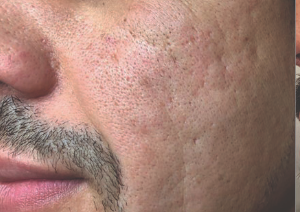
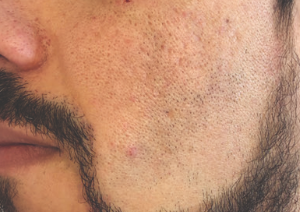
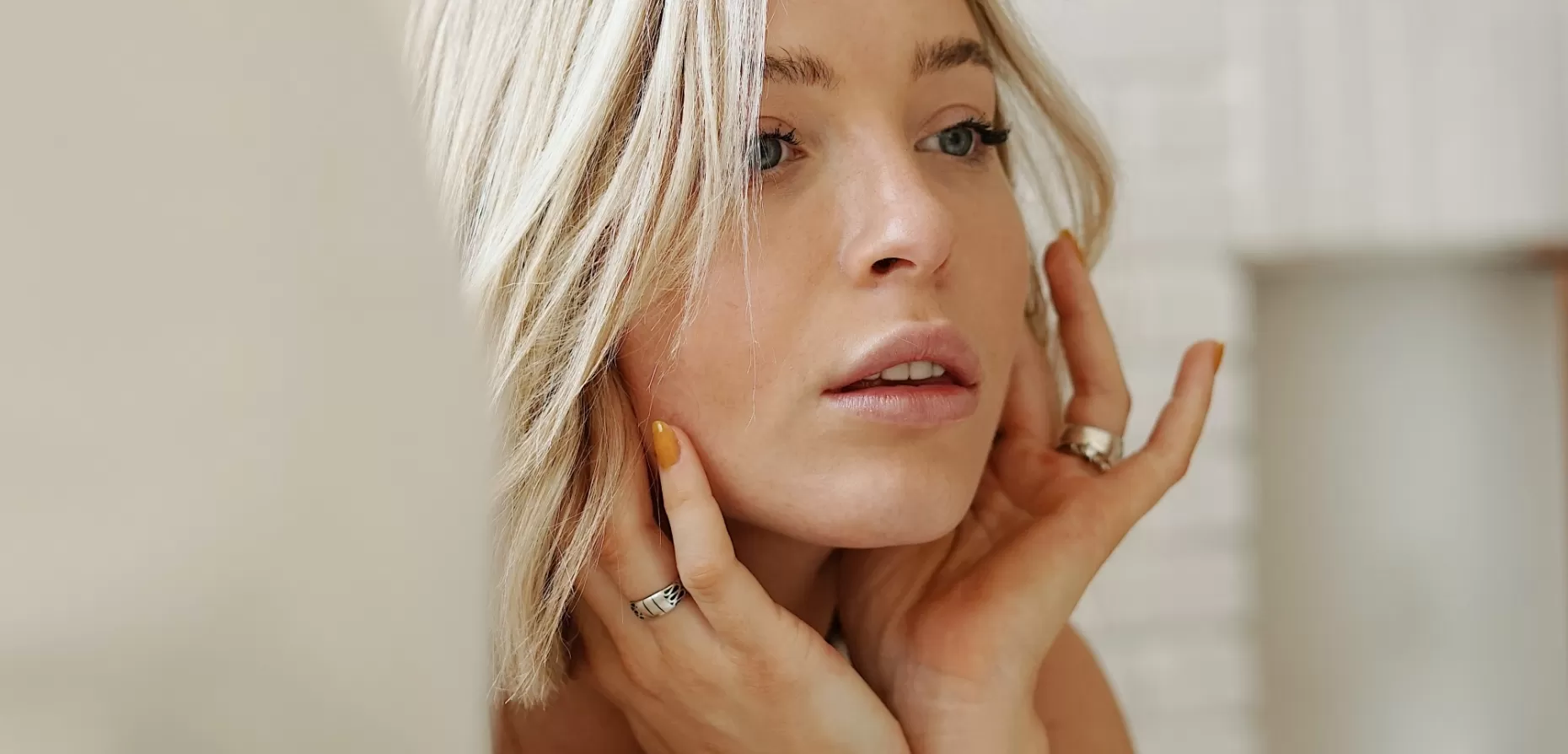
The resurfacing allows to treat many aesthetic indications related to skin aging:
Improvement and smoothing of the skin's texture
Tightening of skin pores
Treatment of wrinkles and fine lines
Treatment of skin spots
There are different resurfacing techniques:
Peelings:
They consist of applying a chemical substance (most often an acid) to the skin in order to cause a limited and controlled destruction of the epidermis or even the superficial layers of the dermis.
Laser :
CO2 or Erbium:YAG lasers allow a superficial treatment of the skin to achieve a resurfacing.
Contact radiofrequency :
Some radiofrequency devices are equipped with microelectrodes allowing a micro-ablation of the epidermis, creating coagulation points. This causes a natural process of the skin: healing. The old cells of the epidermis are then replaced by new ones. This technique is less painful than laser resurfacing with less social eviction for equally visible results.
